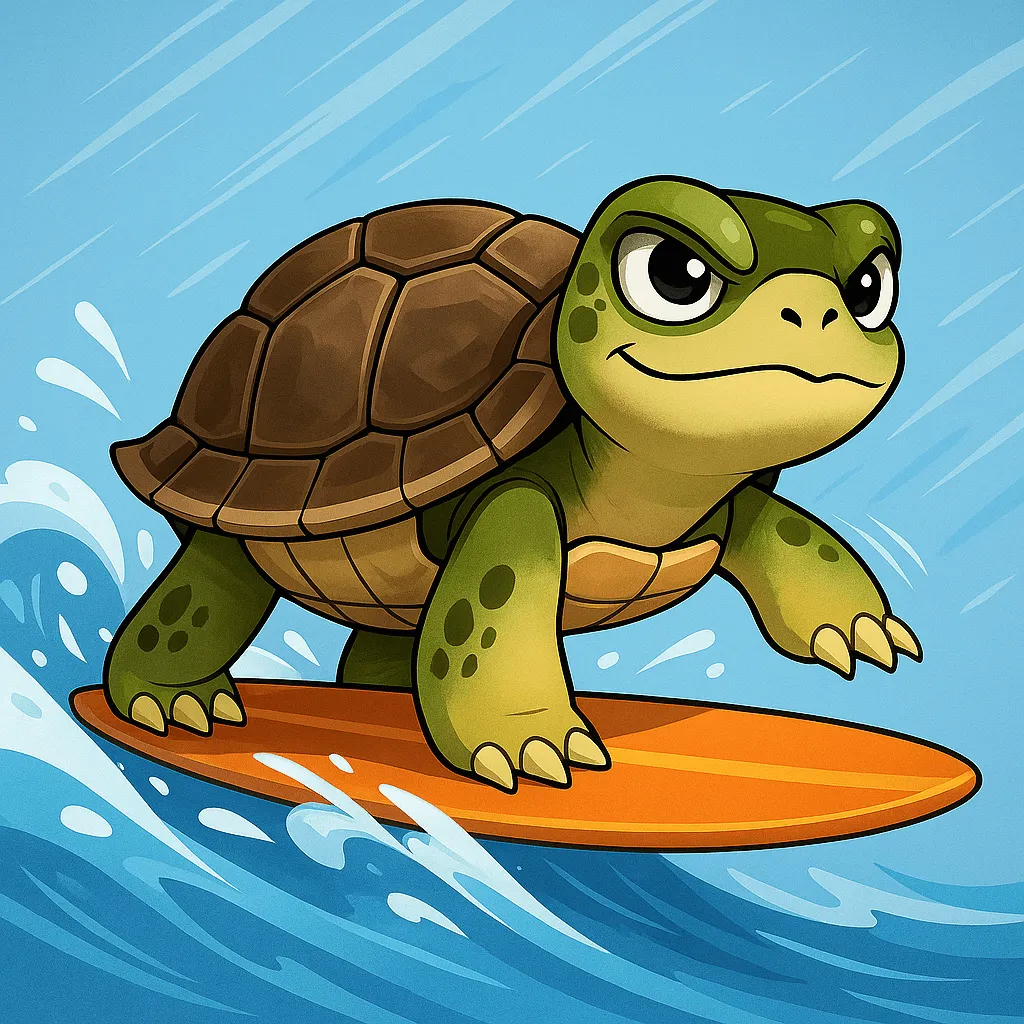
Introduction
I’ve always felt a bit odd about the phrase “surfing the web.” It never truly resonated with me. I preferred simpler terms like “browsing the internet” or “navigating online.”
I didn’t experience the wild, chaotic days of the early internet. By the time I started exploring, the web was already structured, user-friendly, and polished. The adventurous spirit implied by “surfing” felt less relevant. It was more like floating gently down a predictable stream rather than riding wild waves.
Why Surfing?
Originally, “surfing the web” captured the thrill and unpredictability of ocean surfing—fluid, reactive, and exploratory. Just like surfers reading waves and positioning themselves to catch the ride, early web users clicked from link to link, following curiosity and chance.
You could start reading about astronomy and, after a series of unexpected clicks, find yourself exploring goat farming in Norway. That non-linear, unpredictable journey defined surfing. It wasn’t just searching—it was discovery, improvisation, and adventure.
Surfing AI
Right now, I genuinely connect with the metaphor of “surfing” in the context of AI. We’re experiencing the first waves of an accelerating technological swell: large reasoning-driven models, Agentic AI, large-context capabilities, Vibe Coding, and rapid advancements. Each new tool arrives faster, hits hard, and disrupts more than the last.
Like ocean surfing, mastery isn’t found by just reading manuals. You have to dive in, paddle out, face the waves, and learn by doing. Falling is part of the process. Each attempt builds resilience and responsiveness.
Surfing AI is all about navigating uncertainty, iterating quickly, and staying alert to constant shifts. The waves won’t pause. But through practice, we become better riders.
Developing the Reflexes
The best way to grasp something new is by noticing similarities with experiences we already understand. The agility needed to handle new technologies is familiar—it reflects skills developed in other areas.
Take improvisational theatre, for instance. Nothing is scripted. Actors create scenes spontaneously, reacting to their surroundings and each other’s unexpected input. They build momentum from surprise, embracing uncertainty rather than controlling it.
Similarly, jazz musicians operate comfortably between structure and spontaneity. They understand music theory deeply, yet their true art lies in feeling the mood and rhythm, adapting dynamically as the music unfolds.
In the fast-paced world of startups, founders constantly pivot when initial ideas don’t resonate with markets or customers. They swiftly absorb new data and recalibrate their strategies. There’s no linear path—success depends entirely on their ability to adapt quickly.
Physical activities like rock climbing also provide meaningful parallels. Climbers face new challenges with every ascent, continuously adapting their approach. This physical agility and mental flexibility closely resemble handling unfamiliar technologies and environments.
Whether you’re on stage, performing music, navigating startup challenges, or scaling a rock face, these activities sharpen the same core reflexes: adaptability, calm under pressure, and joyful engagement with the unexpected.
Conclusion
AI is an ocean with increasingly powerful waves. Mastery requires more than just theoretical knowledge—it demands presence, flexibility, and resilience.
The key is to get involved—test new tools, experiment freely, and stay curious. Like surfers or improvisers, our greatest strength in this era won’t be necessarily our ability to predict precisely, but rather our capacity to respond and adapt.